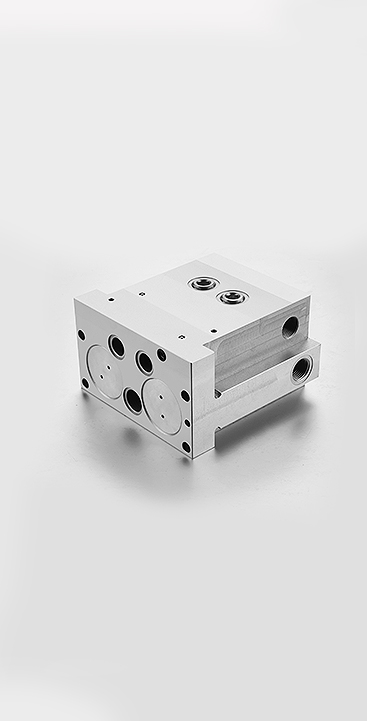Main difference
The difference between electric valve and solenoid valve
The solenoid valve is a solenoid coil that generates a magnetic attraction to overcome the pressure of the spring to drive the spool to move after the solenoid is energized. It is a solenoid coil with simple structure and low price, which can only be switched;
The electric valve drives the valve stem through a motor to drive the spool to move. The electric valve is divided into (shut-off valve) and regulating valve. The shut-off valve is a two-position work that is fully open and fully closed. The regulating valve is equipped with an electric valve positioner, and the valve is dynamically stabilized in one position through closed-loop adjustment.
Comparison of the use of electric valves and solenoid valves
Solenoid valve: used for on-off control of liquid and gas pipelines, two-position DO control. Generally used for the control of small pipelines.
Electric valve: It is used to adjust the analog quantity of the pipe medium flow of liquid, gas and wind system, which is AI control. In the control of large valves and wind systems, electric valves can also be used for two-position switch control.
Solenoid valve: It can only be used as a switch value. It is DO control and can only be used for small pipeline control. It is common in pipelines of DN50 and below.
Electric valve: It can have AI feedback signal and can be controlled by DO or AO. It is more common in large pipelines and air valves.
1. Switch form:
The solenoid valve is driven by a coil and can only be opened or closed, and the action time is short when switching.
The driving of the electric valve is generally by a motor. It takes a certain amount of time to complete the opening or closing action, which can be adjusted.
2. Nature of work:
Solenoid valves generally have a small flow coefficient and a very small working pressure difference. For example, the general 25-caliber solenoid valve has a much smaller flow coefficient than the 15-caliber electric ball valve. The solenoid valve is driven by the solenoid coil, which is easily damaged by voltage shock. It is equivalent to the function of a switch, which is two functions of on and off.
Electric valves are generally driven by motors, which are relatively resistant to voltage shocks. Solenoid valves are quick-opening and quick-closing. They are generally used in places where small flow and small pressure are required, and electric valves are reversed where high switching frequency is required. The opening degree of the electric valve valve can be controlled, and the state is open, closed, half-open and half-closed, which can control the flow of the medium in the pipeline, but the solenoid valve cannot meet this requirement.
Solenoid valves can generally be reset when the power is off, and the electric valve needs a reset device for this function.
3. Applicable process:
Solenoid valve is suitable for some special process requirements, such as leakage, special fluid medium, etc., and the price is more expensive.
Electric valves are generally used for adjustment, and there are also switching values, such as the end of a fan coil.
